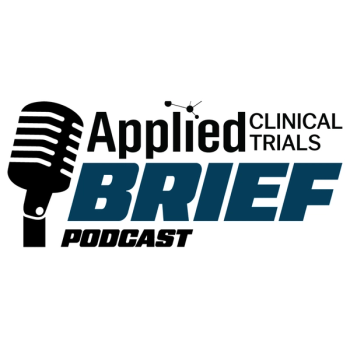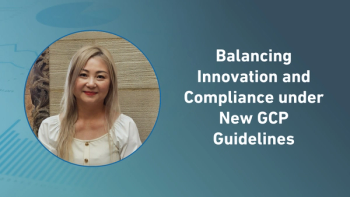
- Applied Clinical Trials-09-01-2011
- Volume 20
- Issue 9
Most Protocols Require Multiple Amendments
A recent study conducted by the Tufts Center for the Study of Drug Development (Tufts CSDD) found that more than half of all protocols require one or more amendments.
A recent study conducted by the Tufts Center for the Study of Drug Development (Tufts CSDD) found that more than half of all protocols require one or more amendments. Based on data from 3,410 protocols provided by 17 large and midsize pharmaceutical and biotechnology companies, Tufts CSDD found that completed protocols across all phases had an average of 2.5 amendments requiring 6.9 changes to the protocol per amendment. Later-stage Phase II and III protocols had a higher average number of amendments, 2.7 and 3.5 respectively. The most commonly cited causes of amendments included the availability of new safety information, requests from regulatory agencies to amend the study, and changes in the study strategy. Protocol design flaws and difficulties recruiting study volunteers were also cited as top causes. The study found that the incidence of amendments is associated with protocol complexity and duration. The mean number of amendments per protocol, for example, was positively and significantly correlated (p<.001) with the number of procedures per protocol, study length, and the number of investigative sites conducting that protocol.
—Tufts Center for the Study of Drug Development,
Mean number of amendments per protocol. (Source: Tufts Center for the Study of Drug Development)
Articles in this issue
over 14 years ago
Applied Clinical Trials Digital Edition - September 2011over 14 years ago
Recruitment Rolesover 14 years ago
Uniformity Sought for Research Standardsover 14 years ago
EMA Commits to London for a Quarter Centuryover 14 years ago
Cell Phone Key to REMOTE Data Collectionover 14 years ago
Clusters' Last Stand?over 14 years ago
Lost to Follow-Up Survey Resultsover 14 years ago
Business and News Update September 2011over 14 years ago
Pharma Companies Lose Facebook Privilegesover 14 years ago
Sneak Peak at FDA GuidanceNewsletter
Stay current in clinical research with Applied Clinical Trials, providing expert insights, regulatory updates, and practical strategies for successful clinical trial design and execution.





.png)



.png)



.png)
.png)
